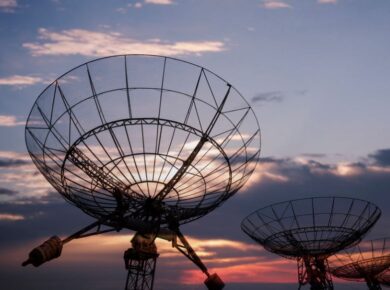From the stone-age campfires to modern, bustling city diners, the art and science of food preparation and delivery have seen transformations beyond imagination. We’ve progressed from hunters and gatherers seeking sustenance to urban dwellers demanding meals at a click. But how did we move from waiting hours for a local takeaway to receiving gourmet meal kits on our doorstep? Let’s dig deep and unearth the captivating tale of food delivery and its tech-induced metamorphosis.
This journey isn’t just about meals; it’s a narrative of human evolution, innovation, and desire for convenience. We’ll travel back to times when delivery was a luxury, explore the app-craze era, and then step into the age of personalized meal kits. Hungry for insights? Join us on this savory journey!
Food Delivery: Echoes from the Past
Food delivery, in various forms, has touched multiple ancient civilizations, reflecting the changing tastes and requirements of societies. In ancient Rome, for instance, “thermopolia” was widespread. These were commercial establishments that prepared food, serving as an ancient version of takeout joints. While direct-to-door delivery wasn’t their mainstay, Romans could quickly grab ready-to-eat meals from these spots, hinting at a civilization’s growing need for convenience.
Heading eastward, the intricate network of Mumbai’s dabbawalas became an icon of efficiency in the food delivery realm. This system began in the late 1800s and saw tiffin carriers transport home-cooked meals from households to offices and back, ensuring hot lunches for thousands of working professionals. This wasn’t just about convenience; it was an ingenious solution to a practical problem, combining the warmth of home-cooked food with the demands of the workplace.
America’s tryst with organized food delivery began in earnest in the 20th century. The delivery of pizzas, especially during and after World War II, transformed into a cultural phenomenon. This evolution indicated a significant shift—food delivery was no longer a service for the few but a widespread convenience that catered to the masses.
Rise of the App: Ordering with a Tap
With the onset of the digital age, the act of ordering food experienced an unparalleled overhaul. The 2000s ushered in a variety of food delivery apps. These platforms amalgamated numerous local restaurants under one digital roof. Order customization, real-time tracking, and diverse payment options became the new normal.
Beyond just ease of use, these apps democratized food choices. Gourmet or street food, vegan or meaty delights, local or international cuisine—the world became a diner’s oyster. And it wasn’t just the giants leading the way. Numerous local apps sprouted, catering to niche preferences and regional tastes. The fusion of tech with food ensured meals were just a notification away.
Meal Kits: Tailored Tastes at Home
The tech world, never being one to rest on its laurels, saw the next trend on the horizon—personalized meal kits. Instead of delivering cooked meals, companies began delivering the experience of cooking. Fresh ingredients, pre-portioned, accompanied by chef-curated recipes started knocking on doors.
Hello Fresh took the lead in this culinary revolution. Yet, the growing demand meant people began seeking variety. They were on the lookout for a Hello Fresh alternative that could cater to specific dietary needs or offer a wider menu range. This led to an influx of several companies entering the fray, each promising a unique dining experience.
The Future: What Awaits Our Plates?
The horizon of food delivery is brimming with possibilities. Drones delivering lunches, AI predicting our food moods, or even 3D printed desserts—the fantasies of today might become the norms of tomorrow. The integration of advanced technology, like AI and Big Data, means that meal kits can become even more personalized, understanding your preferences, allergies, and even your cooking skills.
But as the tech gets fancier, the basics remain. The essence will always be the food, its quality, and the joy it brings to the diner. Be it a simple pizza, a gourmet dish from a high-end restaurant, or a meal kit, the journey of food, facilitated by technology, is one that continues to evolve and surprise.
Parting Bites
Food delivery’s chronicle isn’t just about getting meals to doorsteps. It’s about tracing humankind’s shifts, innovations, and the endless dance between hunger and convenience. You think about those ancient Romans, gathering around their neighborhood thermopolia, and suddenly, today’s meal kit frenzy doesn’t seem all that new.
Reflect on the dabbawalas, the iconic lunch delivery professionals, and you see patterns – our deep-rooted love for homely food, no matter where our work takes us. And now? We’re in a world brimming with digital menus and doorstep delights. But strip away the tech, and the heart remains the same: people, food, and the joy of a shared experience. With a future as open as an unfilled dinner plate, who knows what delicious turn the food delivery world will take next?
Read Next:
How To Promote Restaurants On Social Media




